‘Four Good Days’ is a close-quarters exploration of the relationship between a mother and her long-time addict daughter. Set over four crucial days that Molly spends at home in an attempt to get clean, the emotional drama follows, moment-to-moment, the anxiety and sorrow that both characters undergo because of their circumstances. The controlled tone of the film holds it from getting overly emotional or preachy, and the storytelling remains taught throughout, revealing only the most crucial background details needed to complete the emotional landscape of the characters. Let’s take a closer look at ‘Four Good Days’ and get to know the different layers of this poignant tale. SPOILERS AHEAD.
Four Good Days Plot Synopsis
‘Four Good Days’ opens with Molly, in the throes of withdrawal and with nowhere to go, knocking on her mother’s door. Her mother, Deb, refuses to let her in, saying she is welcome to come back once she is clean. Both mother and daughter continue to argue through the closed door, and Molly ends up sleeping outside her mother’s house. The next morning, exclaiming how stubborn she is, Deb agrees to take Molly to a detox center before taking her to the dentist to get her a set of temporary false teeth to cover her rotting gums.
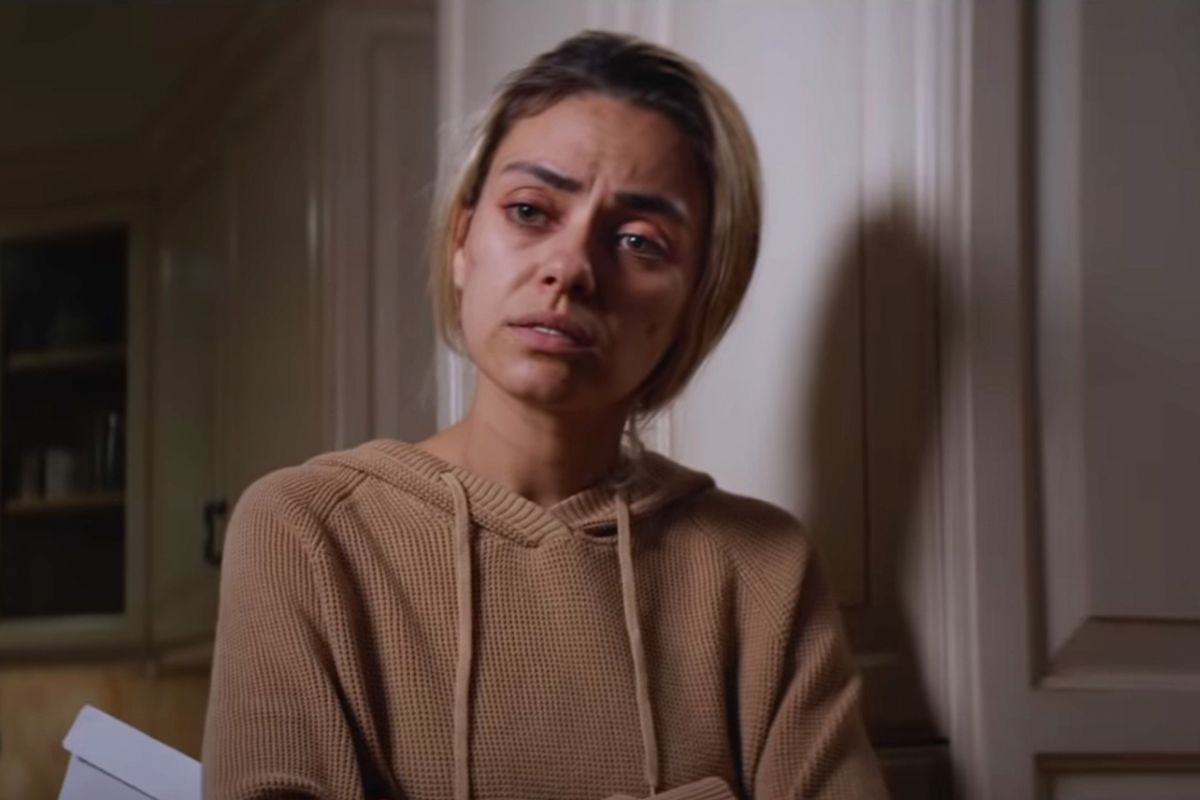
At the center, they are told of a new treatment that can block Molly’s opioid receivers and help keep her clean. Molly, who’s been to detox an unbelievable 14 times already, agrees to go ahead with the treatment but is told that she will have to spend the next four days clean to safely take the medication. Deb then agrees to take Molly in, and mother and daughter slowly rediscover affection for each other. However, Molly’s withdrawal tantrums and Deb’s constant suspicion of her daughter’s intentions keep a barrier between them.
The day before her medical appointment, Molly gets a call saying that her treatment has been postponed. She exclaims that she cannot wait any longer and, after an argument with Deb, leaves the house to go live with her kids’ father, Sean. She reassures Deb that she will return on the morning of the appointment, which is two days away. Deb then spends an anxious two days, during which time neither Molly nor Sean replies to her calls and messages.
Four Good Days Ending: Is Molly Clean?
On the morning of her appointment, much to Deb’s surprise, Molly shows up. However, she soon asks her mother for a urine sample and then reveals that she has used drugs multiple times in the last week. Deb realizes that it was a mistake to believe her daughter and remains conflicted as Molly begs for the sample. She finally gives in, and Molly, although scared of the health repercussions, gets the treatment whilst there are drugs in her system.
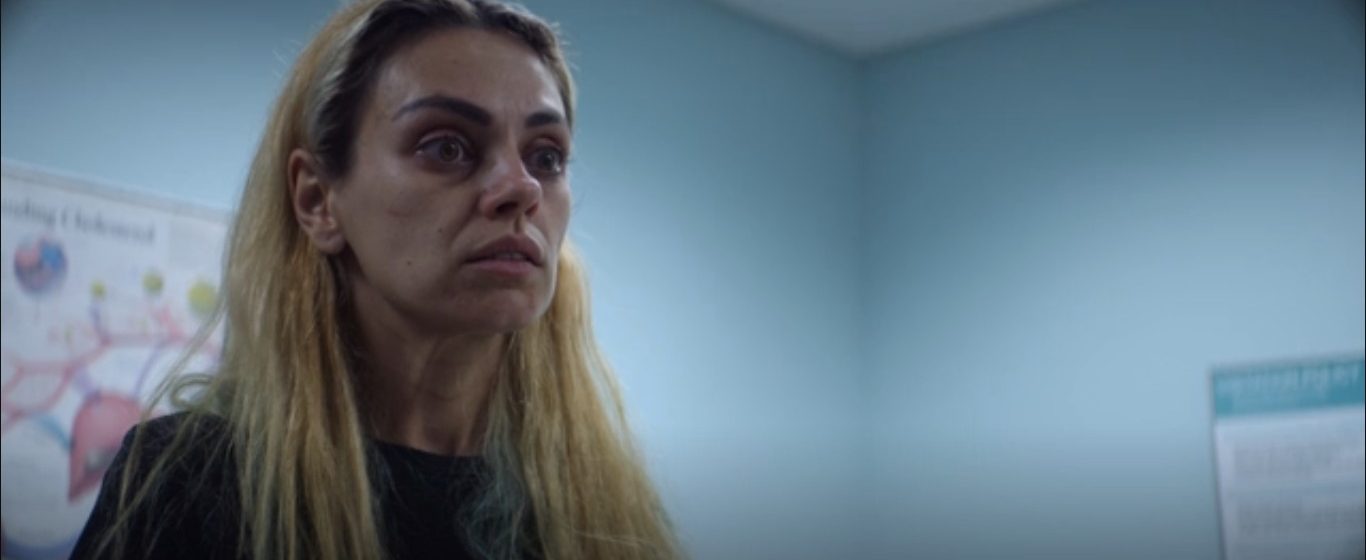
Soon after coming out of the clinic, Molly collapses in severe pain and has to be rushed to the hospital. In the tortured climax of the movie, Molly fights for her life whilst her mother anxiously waits. We are then introduced to Molly and Deb four months on, with a completely transformed-looking Molly. She mentions babysitting her kids, and in the closing scenes of the movie, we see mother and daughter sitting across from each other, with Molly’s recently completed puzzle between them, which they then start taking apart.
So it looks like Molly has turned her life around, and by the end of the movie, she looks healthier than she has in a long time. She is also babysitting her children, which is a big deal for her. Most significantly, Deb has disabled the incessant door alarms that she had been forced to install to keep her drug-addled daughter from stealing any more things from the house. This means that Deb thinks that her daughter has turned a corner and changed her life.
However, there is a moment of hesitation in Deb’s confidence when Molly mentions that she’s postponed her appointment for her monthly treatment injection, which keeps her unaffected by opioids. This would mean that she would have a window where she would be able to effectively use drugs again. This worries Deb and shows us that Molly is not completely out of the woods yet. The fact that the daughter has shown herself to be a good liar, with years of practice in fooling her mother, means that she could very well be using and hiding it from Deb.
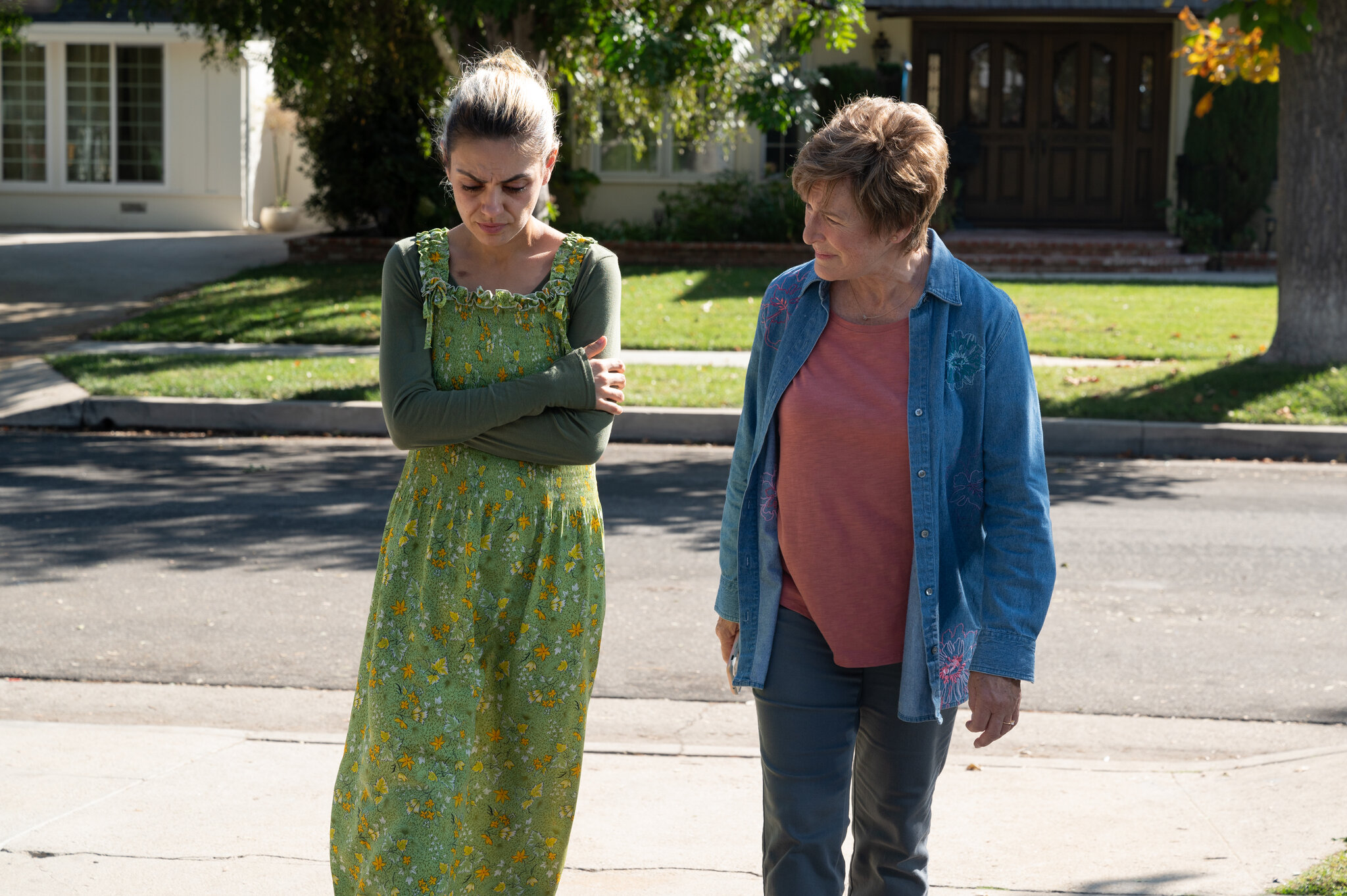
Molly’s sobriety is also endangered by her spending more time with Sean, with whom she went on her last bender before committing to the treatment. Sean also earlier asks Molly to procure painkillers for him, which is highly irresponsible considering her susceptibility to opioids. Therefore, he is not the most responsible character to help with Molly’s attempt at staying clean.
‘Four Good Days’ highlights the constant battle that has to be fought daily by recovering addicts who live in the constant danger of relapsing. This is the situation that Molly now finds herself in. Though it looks like she is clean when we last see her with Deb, she can, at any time, fall into her old habit in a moment of weakness, something both she and Deb undoubtedly realize.
What is the Significance of the Puzzle?
Molly’s old puzzle, which lies incomplete in the garage, was left there by her after she disappeared from her house following a failed stint at rehab. She says that she hates the puzzle and connects it to her days spent in torturous withdrawal and boredom. At the end of the movie, four months after she begins her treatment, we see Molly sitting across from the completed puzzle, where Deb comes to join her.
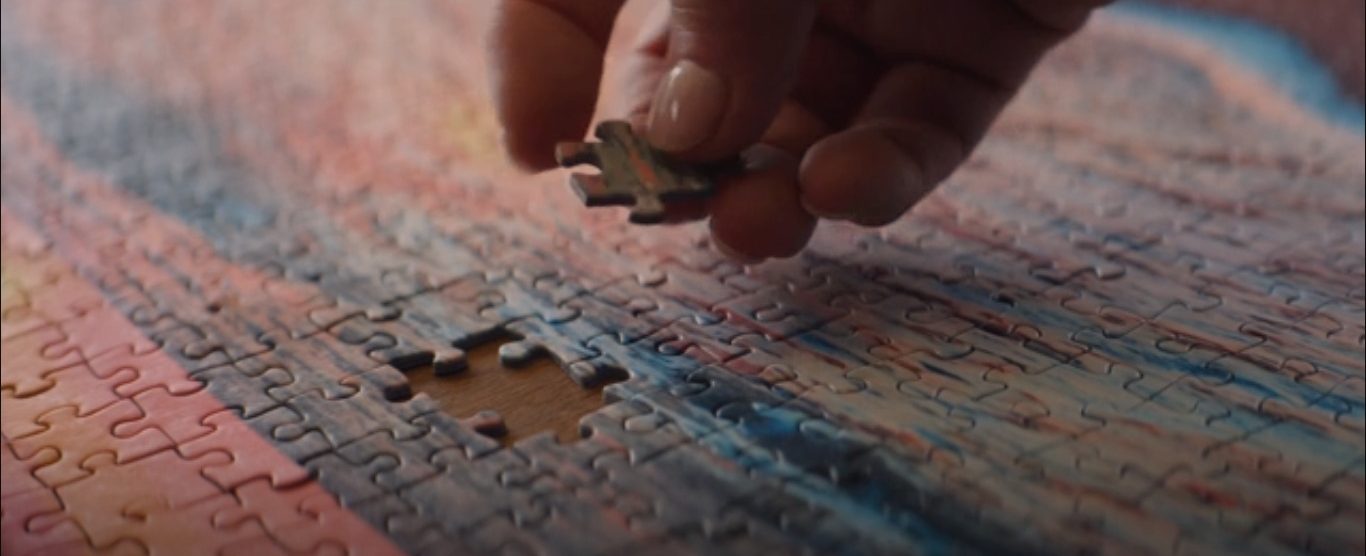
It seems very symbolic that Molly, now a changed person, has managed to complete the puzzle that she never could during her addiction days. This is a clear signal that Molly has turned a corner, and this time around, her conviction to get clean is much stronger. Even Deb mentions that this time, things are different. The very distinctly missing piece in the middle of the puzzle that Deb briefly touches is a nod towards the dark chapter in Molly’s (and her family’s) life that will nevertheless be a part of the beautiful completed picture.
The puzzle, hence, is a powerful metaphor for Molly’s life with respect to her addiction. Most significantly, in the closing scene of the film, Molly and Deb begin to disassemble the puzzle, with the recovering daughter specifically mixing up the pieces, intending to start making it again. Apart from continuing the metaphor of life being a puzzle, with many pieces and a missing piece signifying addiction, Molly and her mother starting on the puzzle together is also very telling.
A big factor in Molly’s addiction was the absence of her mother during her teenage years. Similarly, during her days of addiction, Molly had attempted to make the puzzle alone and never completed it. Now, seeing Deb and Molly with the puzzle together symbolizes how not just Molly but even Deb wants to start afresh and, this time around, be there for her daughter as she creates a life for herself. Hence, with its signature less-is-more storytelling style, the movie informs us of Molly’s present state and her shared future with her mother through a simple puzzle in the garage.
Why Does Deb Blame Doctors for Molly’s Addiction?
On multiple occasions, Deb blames medical professionals for her daughter’s addiction. In her most detailed tirade against them, she explains how Molly suffered from a sprained knee when she was 17, which resulted in her being prescribed 75 tablets of the opioid painkiller Oxycodone. Deb then goes on to say that Molly was never denied a prescription, meaning that her teenage daughter was given access to a supply of highly addictive pharmaceutical drugs that eventually led to her getting addicted to illegal drugs.
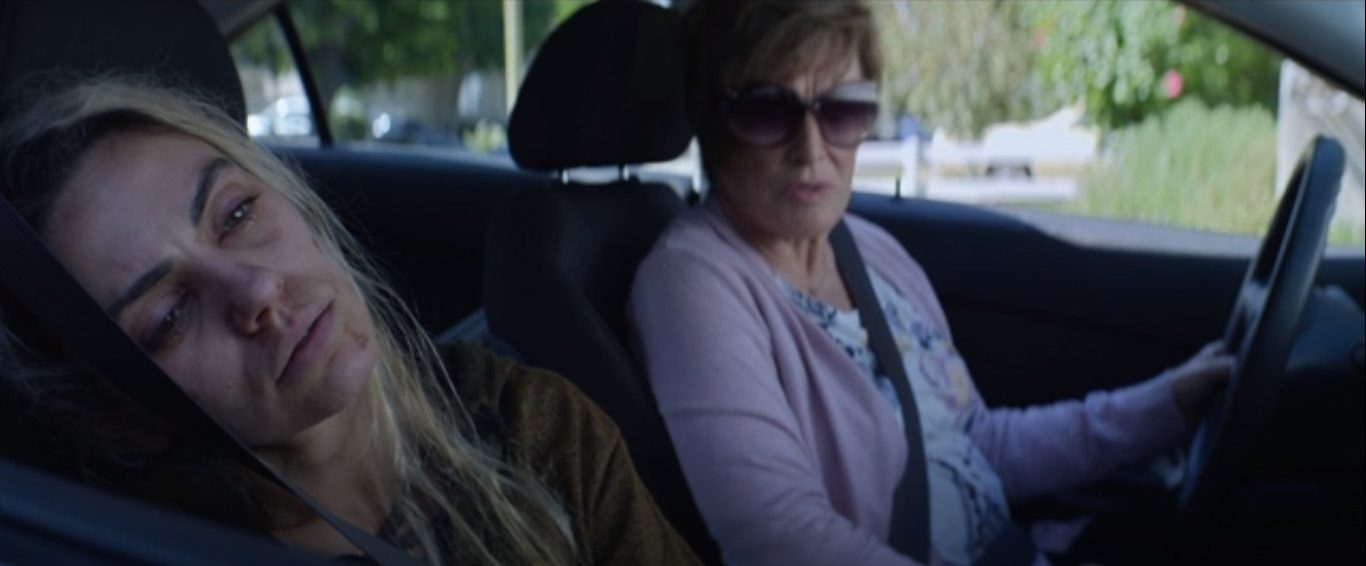
Various other issues, like Molly’s crushing anxiety and her mother’s abandonment of her, are recognized as contributing factors to her long-standing addiction. However, at the forefront is the portrayal of Molly (and her mother) as victims of the opioid epidemic. This is further reinforced when Molly mentions that Sean is looking for painkillers due to an apparent back injury and soon after, whilst talking about her bender, confirms that he uses drugs as well. Hence, ‘Four Good Days’ makes a very clear connection between the irresponsible proliferation of opioid painkillers by the medical industry and Molly’s plight, which is vehemently expressed by Deb.
Read More: Is Four Good Days Based on a True Story?

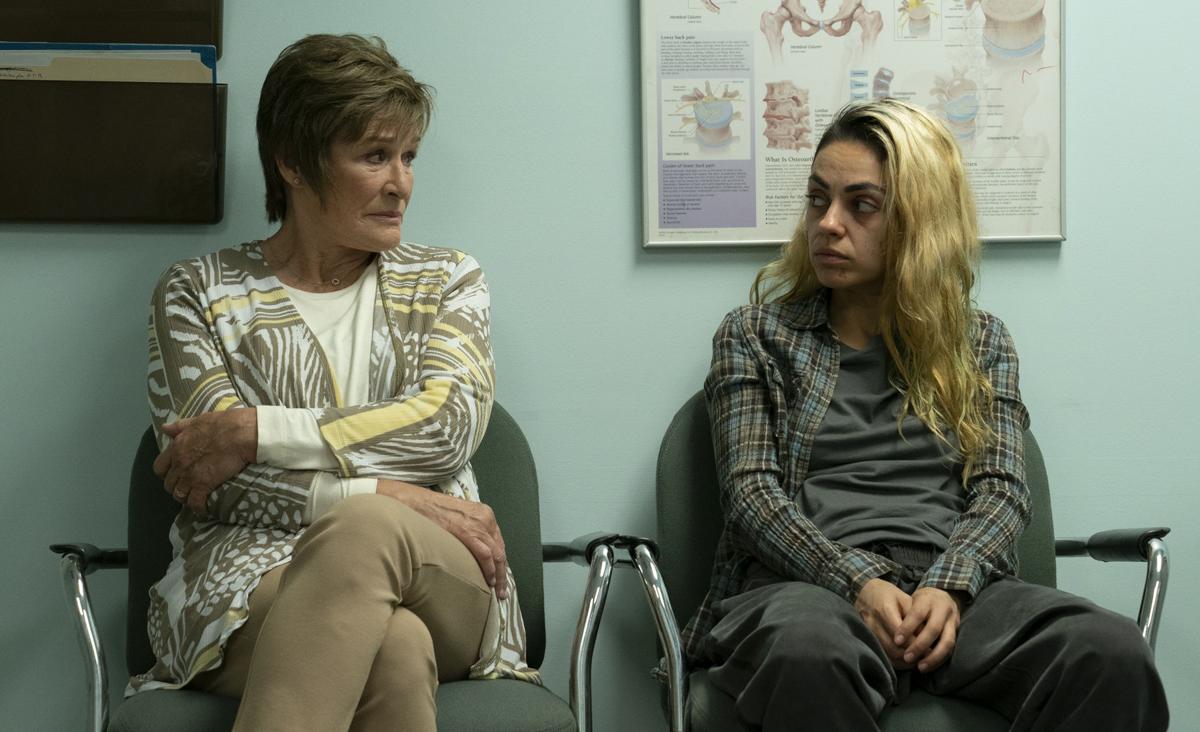
You must be logged in to post a comment.